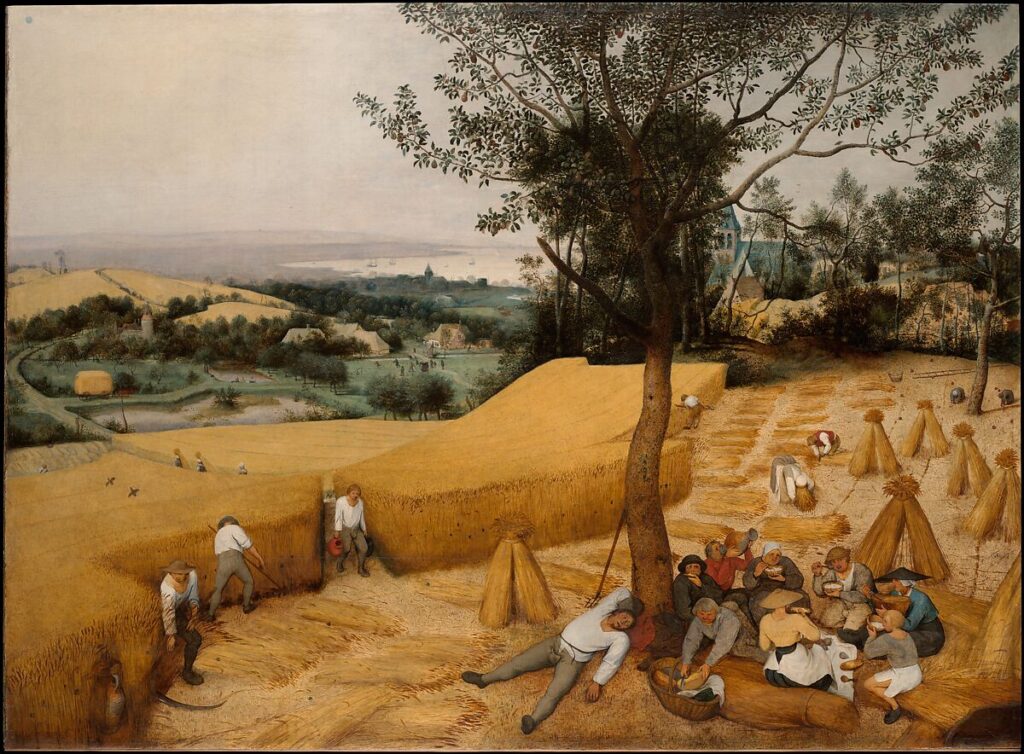Part I: A Framework for Economy, Population and Immigration in PEI

If there is one belief that unites the entire political class in PEI and all their various auxiliaries: it’s the belief that there must be continual population growth in PEI in order to bring about prosperity.
This will be the first part in a two part series that will examine this policy of population growth and hopefully provide a better framework to examine its implications.
The Minister for Population, Jenn Redmond, points emphatically to “the undeniable socioeconomic benefits” of population growth; while business columnist, Blake Doyle, warns of “the risks of a declining population” in one of his columns.
While there can certainly be some truth to these statements, it appears to me that the full picture and implications of a continually rising population is never revealed to Islanders. They are just supposed to take it on faith that their betters have done the necessary work and determined that this is the best course of action.
Considering the gradual breakdown in society and collapse in trust of many institutions, I think it would be wise to probe deeper into this policy of population growth and see if it holds up to scrutiny.
In order to complete this task, I will first go over what a theoretical framework for the economy and population would look like in an ideal economy, free of government intervention. Then, I will examine how various government interventions have destabilized the economy and necessitated a certain level of immigration. Finally, I will examine possible policy alternatives to set the economy and the Island on more stable footing.
The Ideal Population Number
In order to best understand the policy of population growth, we must first understand what the economy is since its wellbeing is used to justify this policy.
The economy is a network of exchange that allows individuals to satisfy their wants. Complex societies that become civilized will spend considerable resources to maintain the integrity of this network and for good reason.
Think of an isolated man in the woods. To satisfy his wants, he will have to produce everything he consumes. He will have to hunt for his food, build his own housing, and construct his own clothing; in short, he will be forced to live a primitive life at best.
Now imagine a small village. That same man is now part of a small network he can interact with to better serve his wants. If he is a farmer, he can trade his crops for eggs at the market, or trade with the carpenter for his furniture. The local economy now allows the same man to be more productive by giving him the option to specialize in the production of a certain good and later exchange for other goods he requires. The more productive he is, the more prosperous he becomes.
Population ties in to the economy in one important aspect.
An economy of one allows for no specialization; the solitary man must produce everything. A small village can perhaps accommodate a few artisans that increase the division of labor and thus, increase productivity. A town, being bigger than the village, allows for a greater division of labor still; and so we see how in early societies population growth can indeed lead to a higher standard of living.
When PEI was initially being settled in the late 18th century, there was a concerted effort to increase the population for this very reason. This made sense; the costs of transportation were considerably higher in relation to the overall value of any goods that could be exported from PEI. This made the Island a self-contained economy that could not interact with the larger economy of the mainland.
But today, the costs of transportation have fallen so much that accessing the larger economy of the mainland has never been easier for Islanders. This broadens the network of exchange in a way that before was only achievable through population growth.
This makes the framework that emphasizes the necessity of population growth horribly outdated. A healthy economy requires many things but a growing population is not one of them.
As long as the population is productive, it no longer matters what the population number is, whether it be higher or lower than the current 180,000 inhabitants. What matters most is the willingness of communities to accept more immigrants into them. Do they want to live in modern cities, or maintain the pastoral charm of their communities?
The Province’s obsession with population growth also begs a series of questions. Is the plan to grow the population indefinitely? To make sure every inch of land is put to commercial use? What will happen when that option is no longer available, are people to be condemned to destitution?
Unfortunately, the most recent population plan released by the Province does not answer these questions; we are forced to proceed on our own and try to surmise what exactly is the long-term plan and how this plan came about.
Now that we have a solid theoretical foundation, I will explore all this on part II in the next article.
Interesting Marco! I look forward to part 2.